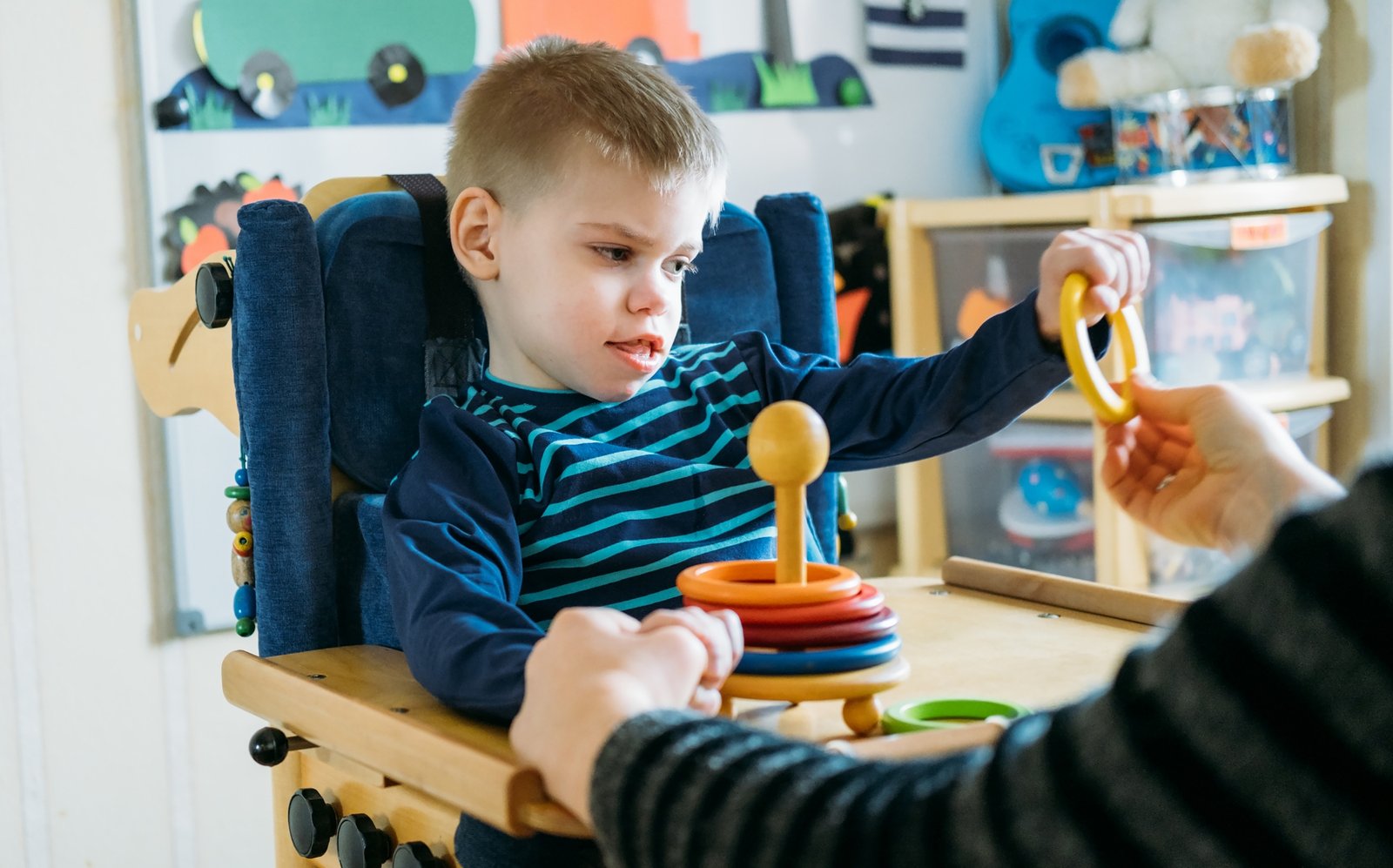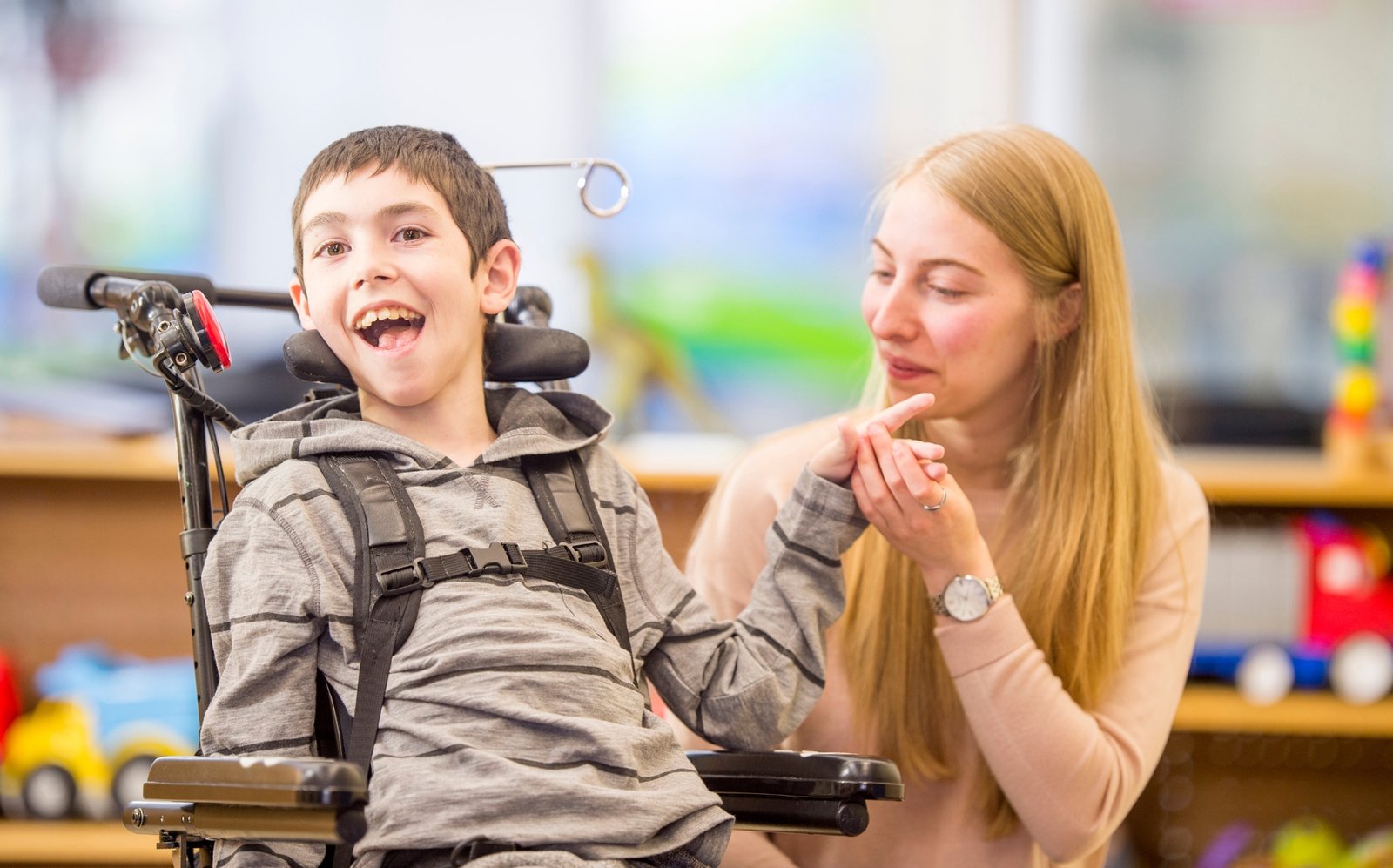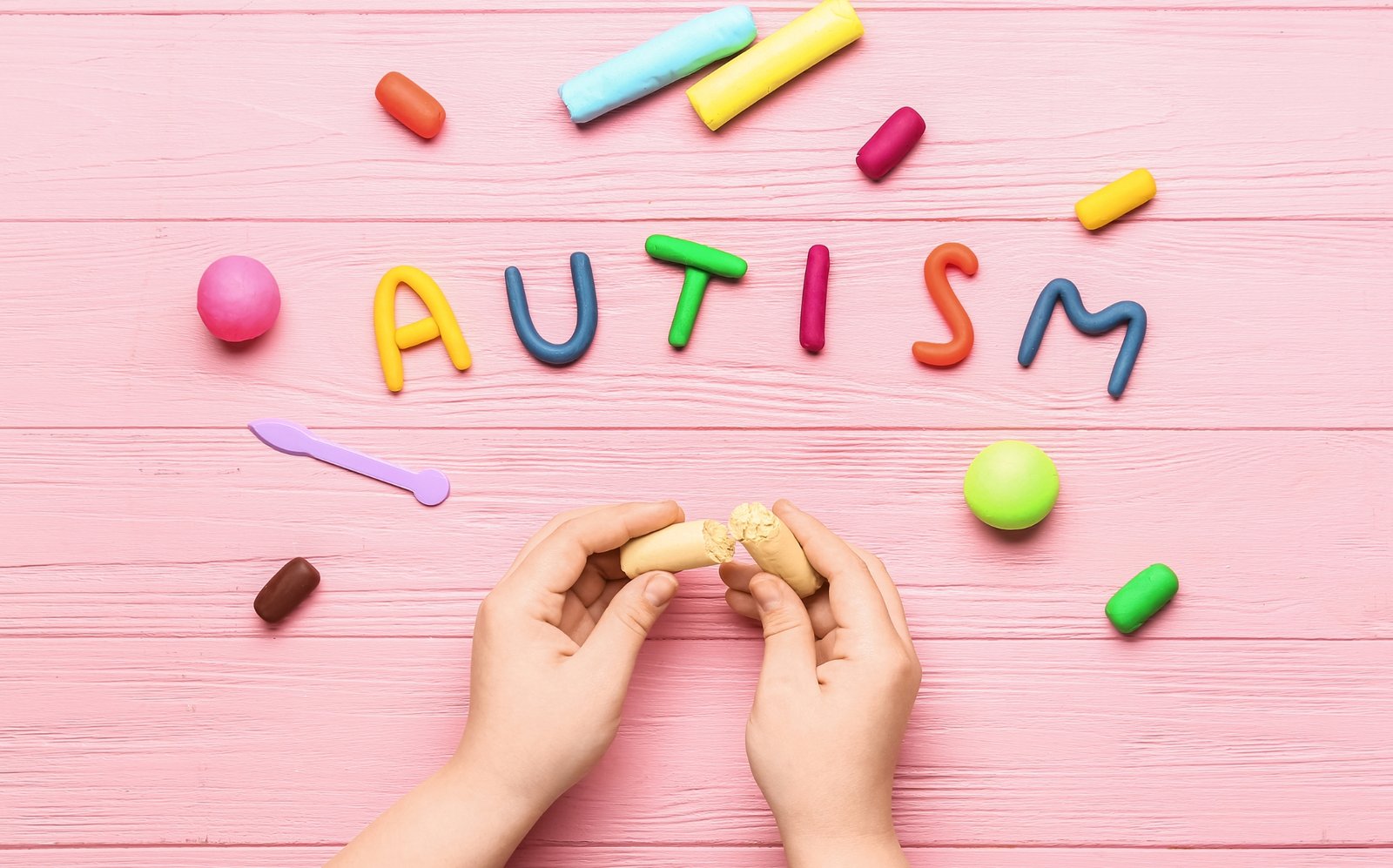
The Vital Role of Physical Therapy for Children with Cerebral Palsy
Cerebral Palsy is a complex neurological disorder that affects a person’s movement, muscle tone, and motor skills. It usually appears during early childhood and can result from brain damage or abnormalities that occur during fetal development, childbirth, or shortly after birth. While there is no cure for CP, various interventions and therapies can significantly improve the quality of life for affected individuals. Among these therapies, physical therapy plays a vital role in helping children with cerebral palsy develop better motor skills, enhance their mobility, and promote overall physical well-being.
Physical therapy is an essential component of the comprehensive treatment plan for children with cerebral palsy. The therapy is designed to address specific motor challenges and limitations that children with CP experience. The primary goals of physical therapy are to improve muscle strength, flexibility, balance, coordination, and posture. Skilled physical therapists work closely with children and their families to develop personalized treatment plans tailored to each child’s unique needs and level of impairment.
Children with cerebral palsy often experience muscle tightness and contractures due to the imbalance of muscle tone. Physical therapy utilizes techniques such as stretching exercises, range of motion activities, and hands-on interventions to address these issues. Regular stretching helps prevent muscle stiffness and joint deformities, promoting a greater range of motion and flexibility. Additionally, physical therapists often employ techniques like therapeutic massage and manual therapy to release muscle tension and enhance blood circulation, leading to improved overall comfort and reduced pain.
Another crucial aspect of physical therapy for children with cerebral palsy is gait training. Many children with CP have difficulty walking independently due to muscle imbalances and coordination challenges. Physical therapists employ various techniques to help children learn to walk more effectively, such as practicing balance exercises, weight shifting, and using assistive devices like braces, crutches, or walkers. Gait training not only enhances a child’s mobility but also fosters independence and boosts self-confidence.
Physical therapy also aims to promote the development of gross and fine motor skills. Through engaging activities and exercises, therapists help children improve their motor control, hand-eye coordination, and manual dexterity. These skills are crucial for performing everyday tasks like eating, dressing, and writing. By focusing on these functional abilities, physical therapy empowers children with cerebral palsy to participate more fully in their daily lives and gain a greater sense of accomplishment.
Family involvement is integral to the success of physical therapy for children with cerebral palsy. Parents and caregivers are often educated by the therapists on techniques and exercises that can be integrated into the child’s daily routine at home. This collaboration ensures that the progress made during therapy sessions is reinforced outside the clinical setting, leading to more consistent and sustainable improvements.
Cerebral palsy (CP) is a complex neurological disorder that affects muscle tone, movement, and motor skills. It is one of the most common childhood disabilities, impacting approximately 2 to 3 out of every 1,000 live births. While there is no cure for cerebral palsy, various interventions aim to improve the quality of life for affected children. Among these interventions, physical therapy plays a vital role in enhancing motor function, independence, and overall well-being. This article explores the significance of physical therapy in the lives of children with cerebral palsy, detailing its goals, methods, and the positive impacts it can have on their developmental journey.
Goals of Physical Therapy
Physical therapy for children with cerebral palsy encompasses a range of objectives aimed at promoting optimal physical development, mobility, and functional independence. These goals often include improving muscle strength, flexibility, balance, coordination, and range of motion. Physical therapists work closely with the child and their family to create individualized treatment plans that address specific challenges and needs. By tailoring interventions to the child’s unique abilities and limitations, physical therapy optimizes their potential for movement and participation in daily activities.
Methods and Approaches
Physical therapy employs a variety of methods and approaches that cater to the diverse needs of children with cerebral palsy. One commonly used technique is neurodevelopmental treatment (NDT), which focuses on facilitating normal movement patterns through guided exercises and positioning. Another approach is constraint-induced movement therapy, where the stronger limbs are constrained to encourage the use of weaker ones. Hydrotherapy, involving exercises in a warm water pool, provides a supportive environment for children to practice movements with reduced resistance. Additionally, technology-based interventions like robotic-assisted therapy and virtual reality exercises have gained prominence, making therapy sessions engaging and motivating for children.
Early Intervention and Long-term Benefits
Early intervention is crucial for children with cerebral palsy, as the developing brain exhibits a high degree of plasticity, allowing for more effective rewiring and adaptation. Physical therapy during the early years can help prevent secondary complications such as joint contractures and muscle stiffness. It promotes the formation of neural connections that contribute to improved motor skills and greater independence in activities of daily living. By addressing impairments early on, physical therapy sets the stage for long-term benefits, enhancing the child’s overall quality of life and future prospects.
Holistic Development
Physical therapy does not solely focus on motor function; it also addresses the broader aspects of a child’s development. Therapists work on enhancing cognitive and communication skills, as well as social and emotional well-being. Through interactive and play-based activities, children with cerebral palsy learn to interact with their environment and peers, fostering self-confidence and a positive self-image. This holistic approach ensures that the child’s physical gains are integrated into their overall development, allowing them to navigate the world with greater confidence and independence.
Family-Centered Care
Physical therapy for children with cerebral palsy is most effective when it involves the active participation of the family. Parents and caregivers play a vital role in supporting and reinforcing therapy goals outside of formal sessions. Physical therapists often provide guidance on home exercises and strategies to incorporate therapeutic activities into the child’s daily routine. This collaborative approach empowers families to be directly involved in their child’s progress, fostering a sense of empowerment and ownership over their well-being.
Addressing Unique Challenges
Each child with cerebral palsy presents a unique set of challenges and strengths. Physical therapists tailor interventions to address these individual differences, considering factors such as the type and severity of CP, associated impairments, and personal goals. Some children may require intensive therapy, while others may benefit from a more moderate approach. By recognizing and accommodating these variations, physical therapy ensures that the child receives the right level of support to reach their fullest potential.
Enhancing Participation and Inclusion
Physical therapy contributes significantly to the participation and inclusion of children with cerebral palsy in various aspects of life. As children improve their motor skills and gain greater independence, they are better equipped to participate in school activities, sports, and social interactions. This increased participation not only enriches the child’s life but also raises awareness and understanding of cerebral palsy within the community. Moreover, as children with CP learn to navigate different environments, societal barriers to inclusion are gradually dismantled, paving the way for a more inclusive society.
Measuring Progress and Adjusting Interventions
Regular assessment and measurement of progress are integral to the success of physical therapy for children with cerebral palsy. Physical therapists use standardized tests, observations, and parental input to track improvements in motor function, mobility, and overall well-being. Based on these evaluations, therapists make informed decisions about adjusting treatment plans to ensure continued progress. Flexibility is key, as the child’s needs and abilities may evolve over time, necessitating modifications to therapy techniques and goals.
Conclusion
In conclusion, physical therapy plays a vital and transformative role in the lives of children with cerebral palsy. By targeting muscle strength, flexibility, coordination, and mobility, physical therapists help children with CP overcome physical limitations, enhance their motor skills, and improve their overall quality of life. Through personalized treatment plans, gait training, and the development of gross and fine motor skills, physical therapy empowers children to achieve greater independence and actively participate in various aspects of their lives. As an integral part of the multidisciplinary approach to managing cerebral palsy, physical therapy contributes significantly to maximizing the potential of these children and enabling them to lead fulfilling and meaningful lives.



